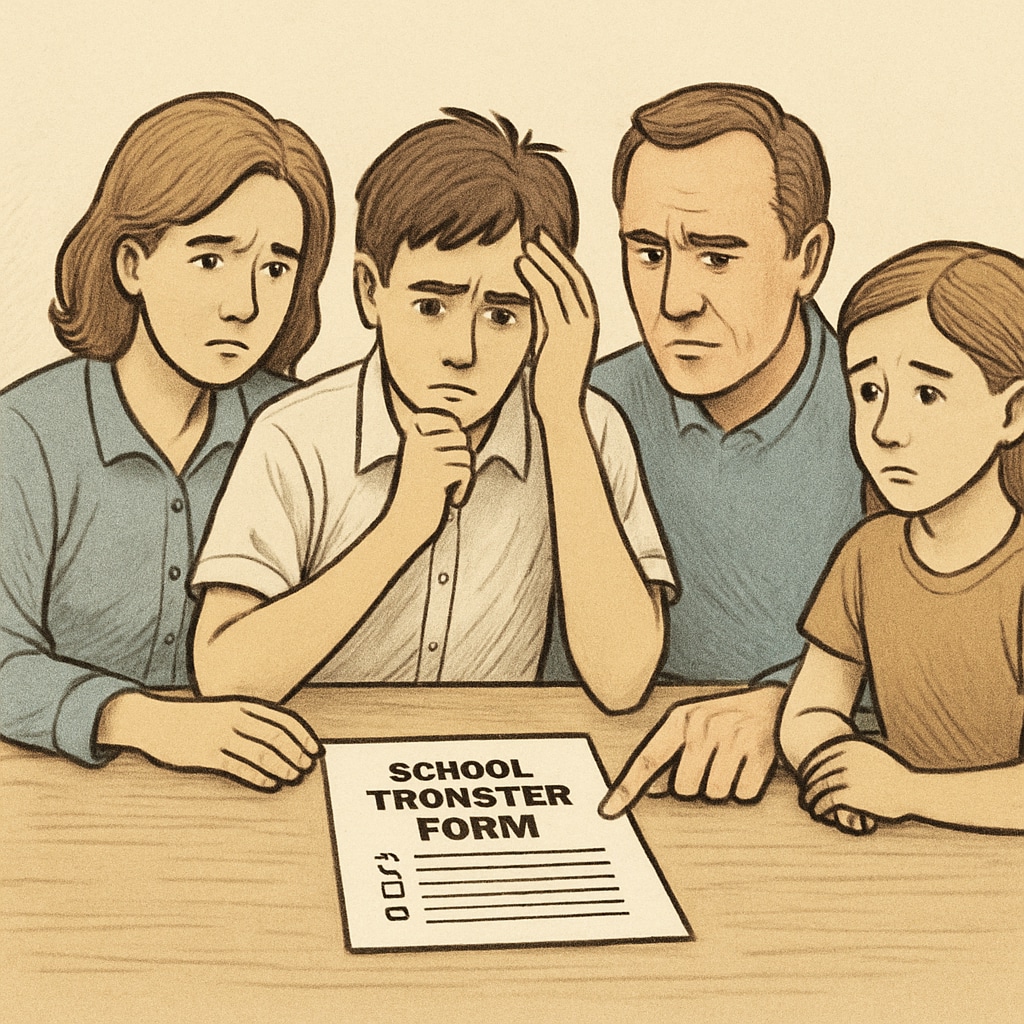Improper communication between school districts can create significant barriers for families seeking to transfer students to more suitable schools. These obstacles are particularly problematic for families facing discrimination or seeking better educational opportunities. The lack of transparency and fairness in district policies can silently strip away the fundamental right to school choice, leaving families with limited options.

The Invisible Barriers to School Transfers
School transfers are often necessitated by a variety of factors, such as geographic relocation, specialized educational needs, or addressing instances of discrimination. However, families frequently encounter invisible barriers that make the process unnecessarily difficult. These barriers often stem from vague or overly complex policies, unresponsive administrators, and improper inter-district communication.
For example, some districts may hesitate to approve transfers due to fears of losing funding tied to enrollment numbers. Other times, administrators may inadvertently create hurdles by requiring excessive documentation or miscommunicating deadlines. As a result, families are left in a frustrating limbo, unsure of their next steps.
To understand the scope of these challenges, consider the Education Policy on Wikipedia, which highlights systemic issues in school governance and policy-making. These issues often amplify disparities and disproportionately affect marginalized groups.
Discrimination and Its Role in Blocking School Choice
Discrimination in education comes in many forms, including racial bias, socioeconomic disparities, or inadequate support for students with disabilities. When families seek transfers to escape discriminatory environments, they may encounter additional resistance from districts unwilling to acknowledge these issues.
Rather than addressing the core problem, some districts may dismiss transfer requests or fail to communicate clearly with other districts. This lack of transparency can leave families feeling powerless and trapped in an unfavorable situation. For example, a recent study published by Britannica’s Education Topic reveals how systemic barriers disproportionately affect minority students seeking better educational opportunities.

Building Transparent and Fair Transfer Mechanisms
To counteract these challenges, it is essential to establish transparent and fair processes for school transfers. Districts must prioritize open communication and accountability to ensure that families are not subjected to unnecessary stress during the transfer process. Key actions include:
- Providing clear, accessible guidelines for transfer applications and deadlines.
- Ensuring timely responses from administrators to prevent delays.
- Creating inter-district agreements that facilitate smoother communication and cooperation.
- Offering resources and advocacy support to families experiencing discrimination.
By implementing these measures, school districts can foster equity and give families the ability to make informed decisions about their children’s education. This approach not only benefits individual families but also strengthens the integrity of the broader educational system.
Conclusion: Restoring the Right to School Choice
In summary, improper district communication and hidden barriers can significantly hinder families seeking school transfers, especially those facing discrimination. Addressing these challenges requires a commitment to transparency, fairness, and collaboration across districts. When families are empowered to choose the best educational path for their children, the entire community benefits from a more equitable and inclusive system.
As a result, school districts must take proactive steps to dismantle these barriers and restore the fundamental right to school choice for all families. After all, education should be a cornerstone of opportunity, not a source of limitation.


